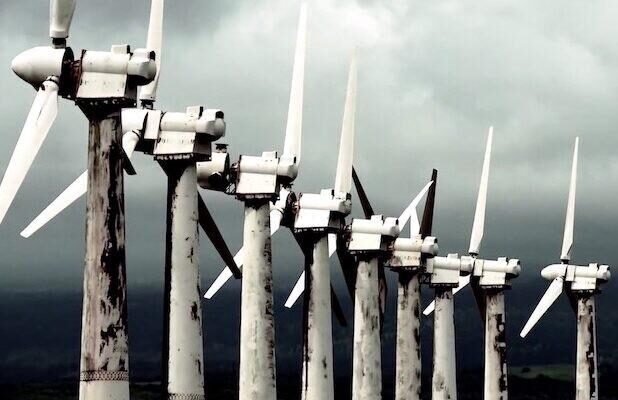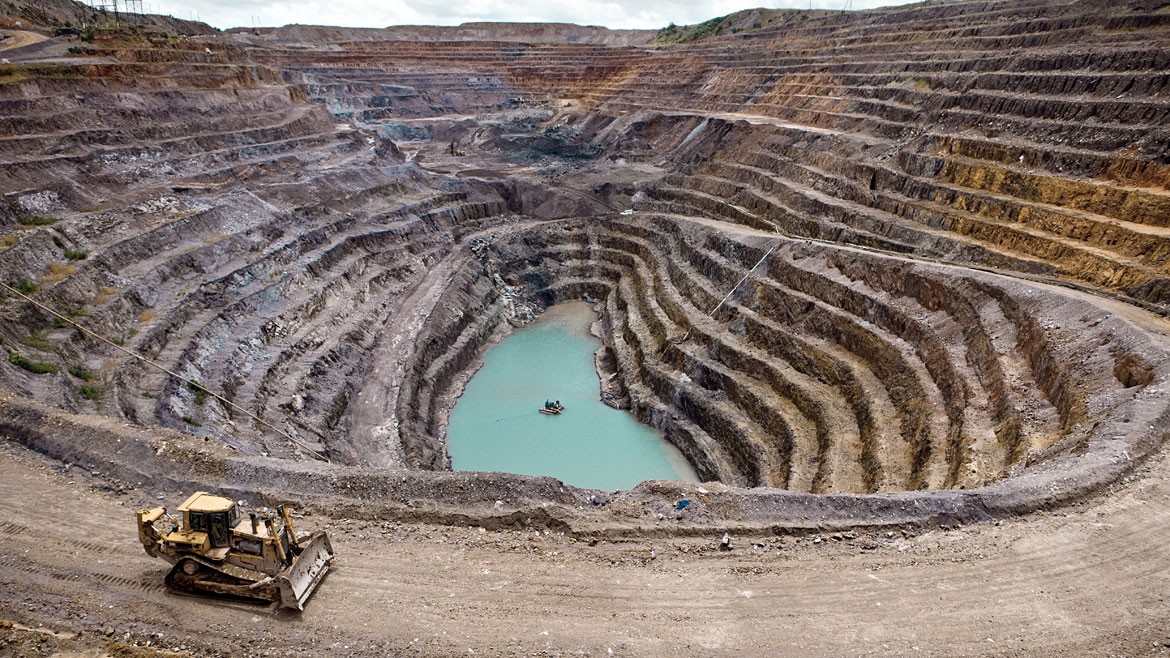
What is The Global Corporate Machine?
The Global Corporate Machine, is a collective of companies with firstly, a heart to serve this planet, and secondly, a portfolio of technologies being offered, and developed, to provide the infrastructure systems globally, to help support the need of water, food supply, shelter, power and transportation, for our fellow global citizens, on an international scale.
Global's Corporate Machine Presents:
The Wave-Driven Hydropower Pond
Adaptable. Reliable. Sustainable.
Wave energy is an emission-free, renewable source of energy; created by wind as a result of the sun’s natural heating of our planet and has much greater efficiency than competing forms of power generation like wind or solar.
Global’s Corporate Machine has created “The Critical Link in the Renewable Energy Chain”. Our Wave Power Pond, a true green energy solution, can create equitable access to reliable clean power and water, and jobs for people with the following key benefits:
By bringing wave energy conversion technology ashore, our Wave Driven Hydropower Ponds:
- Can be built anywhere in a variety of configurations, preserving real estate
- Provide on-demand, 24/7 energy supply, free of battery storage
- Offer better care and protection of Earth’s natural resources, with responsible supply chains
Unlike wind and solar, our systems operate at a level of efficiency and effectiveness that for the first time makes Renewable Energy not only profitable AND equitable, but socially responsible as well.
It Is Time To Rethink What We Know About "Green Energy"

From Waves to Watts: The Science Behind Global Oceanic’s Breakthrough Artificial Wave Generation and SeaDog’s Energy Recovery Systems
“The onshore wave generation and energy recovery systems developed by Global Oceanic Designs offer numerous advantages over conventional marine renewables. By harnessing wave motion, these systems provide three times more available kinetic energy compared to alternatives like tidal barrages and offshore wind farms. Moreover, their onshore location eliminates the need for costly marine-grade construction and minimizes disruption to marine life and navigable waterways.
Global Oceanic Designs’ systems also boast a fail-safe and durable design, ensuring uninterrupted wave energy harvesting even in the face of severe meteorological effects or stresses. With redundancy and modularity built into every aspect, the company’s technologies promise cost-efficient, low-maintenance operation for decades, nearly maintenance-free.
As the world faces the urgent need to address climate change and transition to sustainable energy sources, Global Oceanic Designs is poised to make a significant impact. By creating controlled, sustainable, and scalable wave harvesting systems for use 24/7 onshore, the company is taking a “century-forward” step in global wave energy production.”
BIG-PICTURE SOLUTIONS
Many have lost sight of the early origins, motivations, and goals of the global environmental movement towards maintaining and preserving our planet, and how recently this movement began. Just decades ago in 1968, the Economic and Social Council of the United Nations included environmental issues for the first time as a specific discussion item, and organized the first United Nations Conference on the Human Environment. From that point onward, growth in demand for energy solutions rapidly expanded along with the need for clean water, as global populations grew.
From the late 1970’s onward, the world began to recognize a slew of environmental incidents and event catastrophes around the world, connecting into a constellation of impact. These incidents ranged from the nuclear incident at Three Mile Island, to the EPA intervention at Love Canal, the introduction of gasohol into our cars, and the sinking of whaling ships in Spain.
The movement to save the rainforests in Brazil began in the same decade as the discovery of the hole in the ozone layer, over Antarctica, the Union Carbide chemical spill in Virginia, and the notorious meltdown at the Chernobyl Nuclear Power Plant. Closing out the decade of the 1980’s was the oil spill at Valdez, and finally the formation of the Intergovernmental Panel on Climate Change (IPCC).
Some of our most treasured corners of the world were becoming polluted, other areas were becoming challenged due to extraction and conflict. The 1990’s faced its own set of challenges, with oil spills and fires in Kuwait, the 20th Anniversary of Earth Day, and the UN General Assembly resolution which banned drift net fishing. In 1995, Greenpeace activists occupied a North Sea oil rig.
With Global rapid expansion, Earth’s population exceeded six billion human souls with half living in cities; but even with all of our advancements, almost half of the planet (2.8 billion people) lived on less than $2 a day. UN agencies noted that while globalization of trade had helped in some countries, the poor were becoming poorer, both in absolute and in relative terms.
Since the year 2000, the last two decades have seen a global revolution to clean and renewable forms of power, along with the refinement of desalination and clean-water drinking systems. We have seen a battle being fought by many world class inventors and innovators, with similar ideas and concepts, from sunlight, to thermal energy, to wind, tidal, fusion systems and others, but no concrete and unified solution to address the unrest around our energy systems worldwide, nor our rapid growth.
The problem with the world today, is we have been too slow at solving some of these major problems, including our insatiable thirst for energy. We have an increased need for electricity to power our homes, devices, and enterprises, but we must be able to thrust forward without energy systems having a negative impact on our planet and our lives.

Part I - Exposing the Staggering Corruption and Hidden Costs of “Sustainable” Wind Energy
When considering the environmental impact of wind and solar energy, we must look at the full scope of pollution and degradation caused from start to finish within these supply chains. It is easy to forget all that went into a picturesque wind turbine arriving onto a serene landscape. However, there are many adverse impacts that must be considered that contribute to the creation of wind turbines and solar panels.
Many do not realize that building a wind turbine is resource extensive, especially in using rare-earth that are used to manufacture magnets. A typical 5-megawatt direct-drive wind turbine with a permanent-magnet generator will need three metric tons of permanent magnets.
In the offshore versions, every wind turbine is around 10MW to 14MW each. That is 1430 lbs of rare-earth per M.W. of rated power, so a 10 M.W. needs 14,300 lbs of magnet materials. A “typical” wind farm is 1 G.W. that will need 100 turbines and would need a total of 1,430,000 pounds or 715 metric tons of the magnet material. Take that amount times nine offshore fields, and that would mean 6,435 metric tons of magnet materials. To put it plainly, the greediest fat cat on the planet for the consumption of rare earths is a wind turbine, with solar panels following closely behind.

Part II - Exposing the Staggering Corruption and Hidden Costs of “Sustainable” Wind Energy
Not only is the environmental cost of wind energy staggering, but even more upsetting is the human impact. For those who care about the future of our planet, we should be keeping an even closer eye on the people in it, and their humanitarian protection worldwide.
The wind energy supply chain is harmful to laborers on far-reaching corners of the world, from the Democratic Republic of the Congo to China. Let’s start at the source.
As numerous reports in the past decade have concluded, there are severe human rights issues and abuses relating to rare earth mining sites. Cobalt, a key rare earth component, has been the subject of investigations by Amnesty International and many others. More than 70% of the world’s cobalt is produced in the Democratic Republic of the Congo (DRC) and 15 to 30 percent of the Congolese cobalt is produced by artisanal and small-scale mining (ASM.) “Child labor, fatal accidents, and violent clashes between artisanal miners and security personnel of large mining firms are recurrent.”
Children as young as seven are working in perilous conditions to mine this cobalt that ends up in phones, computers, cars, and of course wind turbines and solar panels. Human rights abuses include 12 hours a day of laboring “with no protective clothing, and with many experiencing significant health problems as a result…carrying back-breaking loads and work[ing] in intense heat for between one or two hours a day without face mask or gloves. Several children said they had been beaten by security guards employed by mining companies and forced to pay ‘fines’ by unauthorized mines police sent by state officials to extort money and intimidate workers.”

Part III - Exposing the Staggering Corruption and Hidden Costs of “Sustainable” Wind Energy
Many who care about the future of this planet are searching for alternatives to our current fossil fuel energy dependency. Bold new approaches have been proposed by the Biden administration, including accelerating offshore wind energy development at a massive scale to create new jobs using so-called “Green Technology.”
However, there has been an incredible failure of the media and those in positions of power to illustrate the true costs and deep corruption embedded in the use of wind and solar energy, specifically wind turbines. From dependency on China’s rare earth metals to reliance on forced labor, the wind energy industry is unjust and deeply unsustainable.
Other energy alternatives are feasible and obtainable, but the public must understand the interrelated web of corruption that lies behind “clean” wind turbines. There are social, industrial, technological, human, cultural, economic, and political factors at play that make this issue complex and interwoven. When looking at the pieces out of context, it doesn’t look like there is a problem. No one is connecting the dots.
Our Wave Driven Hydropower Pond systems operate at a level of efficiency and effectiveness that for the first time makes Renewable Energy not only profitable AND equitable, but socially responsible as well.






